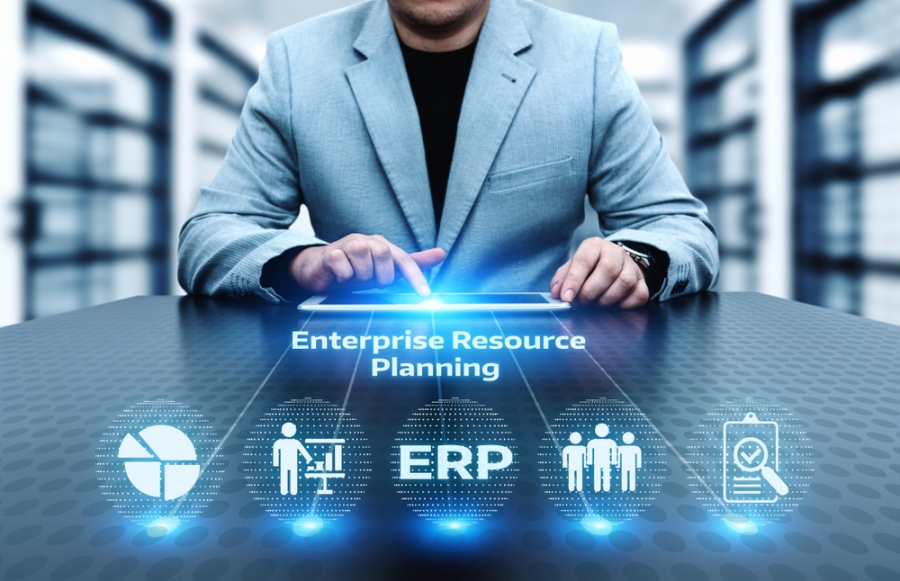ERP, Enterprise Resource Planning, is a type of software used by corporations to tackle day-to-day business activities. These include accounting, project management, procurement, compliance, risk management, and supply chain operations.
In layman terminology, ERP helps to straighten company activities in all departments. It weeds out complexities and allows you to manage tasks, whether they are related to Human Resource or manufacturing departments. At its core, an ERP Software integrates various functions into a complete system to streamline the procedures and information across all departments of a company.
According to the ERP Software Market 2018 Global Trends Report, between 2017 and 2022, the global ERP system market is anticipated to enjoy up to $47 billion in revenue at a CAGR of 7%.
The system, inevitably, has a shared database to support multiple functions by different business units.
The History of ERP
Gartner developed the term ERP in 1990. The concept, however, dates back to 1960 onwards. At that time, it only applied to inventory control and management in the manufacturing sector. Later in the 1970s, this term modified into Material Requirements Planning (MRP) System for timing the production processes.
By 1975, this software was up and running in hundreds of companies. The system ran on large mainframe computers that were affordable by the bug corporate guns only. The speed and efficiency of the enormous computers were nowhere close to the portable computers of this day (the former being slow).
Fast forward to the 90s; the system went beyond ordinary production monitoring. Companies started to use it for miscellaneous functions, such as accounting and human resources. This set up the stage for ERP to mark its entrance in the corporate scenario.
How Does ERP System Work?
The primary motive of this software is to improve how the company spends its resources. It allows the authorities to have a better insight into their capital. They can improvise or cut down the factors that are disrupting their profit-making ventures.
It reduces the use of resources without sacrificing quality. It helps the authorities to expand their scale of operations in the best possible ways. Without an effective Enterprise resource planning (ERP) system in place, it is highly likely that an entity spends its capital on strategies that are less fruitful.
Besides, the hassle of running through hundreds of documents and spreadsheets reduces to one platform. All your relevant information about a project stays in the same interface.
Implementation Types of ERP
When an entity sets foot into the field and begins its search for a reliable ERP Solution, they should conduct some research. There are different operational types of ERP software:
On-Premise ERP: This is the software that integrates with devices available there and then. These systems are operable for all business sizes. But it is most suitable for small to medium-sized companies.
Cloud-based ERP: This is an ERP Software-as-a-Service (SaaS) that is readily available on a cloud-hosting server. It allows you to study real-time data analytics when you’re online. Essentially, it is the best option for large-scale companies.
Open Source ERP: This solution enables you to change, scrutinize, and enhance your ERP Source Code. It also gives you an option to personalize your app, so it fits your business structure.
Hybrid ERP: This software works on a system that collaborates on-premise ERP and Cloud-based ERP.
Of all the available options, you should choose a solution that goes with your business model. A cloud-based ERP, for instance, works better for organizations that serve multiple locations, and they must stay connected with each other.
Final Thoughts
In case you are still using conventional spreadsheets and word files to store data, ERP Software can save a lot of trouble. It rescues you from the misery of creating backups and transferring files. Instead of multiple standalone databases, it tends to bring order to the chaos. Every individual, from CEO to accounting clerks, have access to the same data.
A centralized data repository enables every individual in an organization is confident that they have accurate information at hand. It reduces the workload at the end of each session, and chances of shortcomings are also reduced.
The key takeaway is, one must fully evaluate their business model and employee needs before they leap towards an ERP System.


